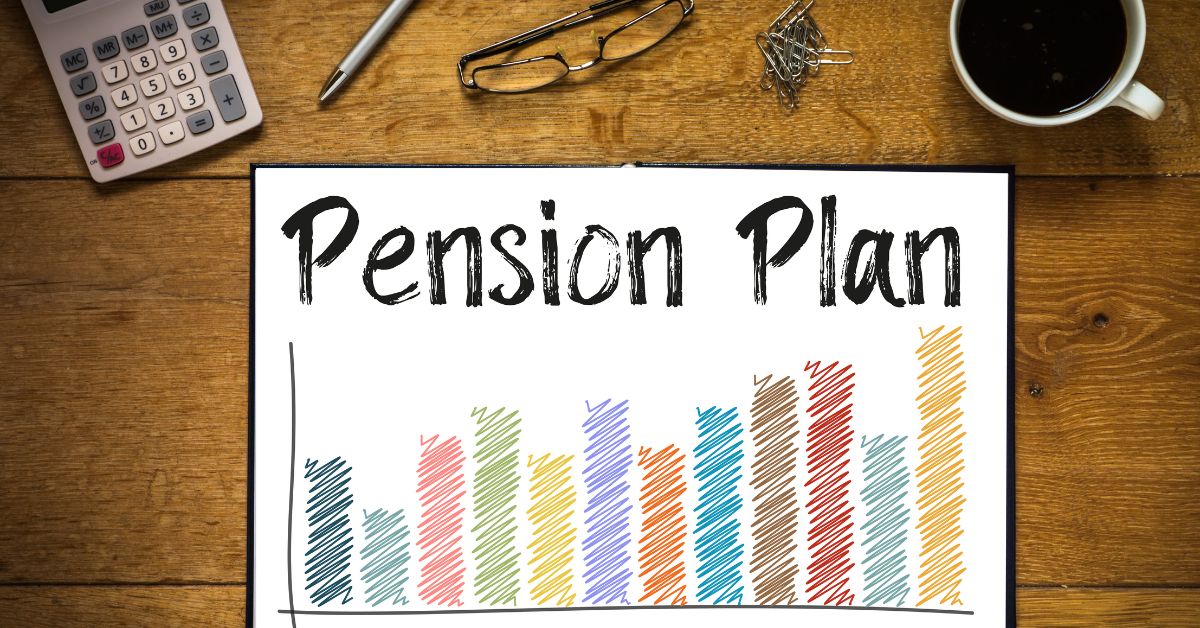It’s often said that “public servants receive generous pensions, so they’re financially secure.”
But is that really true? In reality, many retirees struggle to cover their living expenses with pension income alone.
This article explains the structure of Japan’s public servant pension system, the average benefit amounts, and practical ways to secure financial stability in retirement.
How the Public Servant Pension System Works
In the past, Japan had a separate “Mutual Aid Pension System” exclusively for public servants.
However, in October 2015 it was integrated into the national Employees’ Pension System (Kōsei Nenkin).
Today, public servants participate in the same structure as private-sector employees.
That said, since public servants typically enjoy stable salaries and long careers, their total pension benefits tend to be higher.
| Pension Component | Description | Key Features |
|---|---|---|
| National Pension (Basic Pension) | Covers all citizens; full benefit about 780,000 yen per year (as of 2025) | Full benefits after 40 years of contributions |
| Employees’ Pension (Earnings-Related Portion) | Amount varies by salary and bonuses | The longer and higher the earnings, the higher the benefit |
| Mutual Aid Addition (Former System) | Legacy supplementary benefit from pre-2015 system | Still applies for some long-term employees |
Most public servants work for 30 years or more, with consistent salaries and bonuses.
This long-term contribution increases the earnings-related portion, resulting in higher total pension payments than in the private sector.
How Much Do Public Servants Actually Receive?
On average, public servants receive between 210,000 and 230,000 yen per month, while private-sector retirees receive around 150,000 to 170,000 yen. The difference—about 50,000 yen—is significant.
| Occupation Type | Average Monthly Benefit |
|---|---|
| National Government Employees | About 230,000 yen |
| Local Government Employees | About 210,000 yen |
| Private-Sector Employees | About 160,000 yen |
| Self-Employed (National Pension only) | About 60,000–70,000 yen |
This difference arises mainly from higher average earnings and longer service among public servants.
Still, a monthly pension of 200,000 yen is not always sufficient to maintain one’s standard of living, especially in urban areas where rent, healthcare, and daily costs are high.
Thus, supplementary savings are essential to prevent financial strain.
Can You Really Live on Pension Income Alone?
Government data show that the average monthly expenses for a retired couple are around 270,000 yen, and about 150,000 yen for single retirees.
Given that public servant pension income averages 220,000 yen, this results in a monthly shortfall of roughly 50,000 yen.
| Household Type | Average Monthly Expenses | Pension Income | Monthly Surplus/Deficit |
|---|---|---|---|
| Married Couple (Public Servant Pension 220,000 yen) | 270,000 yen | 220,000 yen | −50,000 yen |
| Single (Public Servant Pension 180,000 yen) | 150,000 yen | 180,000 yen | +30,000 yen |
| Married Couple (Private Pension 160,000 yen) | 270,000 yen | 160,000 yen | −110,000 yen |
To cover these deficits, many retirees draw down from their savings or severance pay.
This makes the so-called “20 Million Yen Retirement Problem” a very real issue.
As medical and nursing care costs rise, the gap widens further, making it difficult to rely solely on pension income.
Why More Public Servant Retirees Are Continuing to Work
An increasing number of retired public servants continue working after age 60.
This trend is driven not only by financial reasons but also by a desire to stay socially engaged and maintain purpose in life.
| Type of Employment | Description | Average Monthly Income |
|---|---|---|
| Reemployment (Same Institution) | Continue working in the same workplace until age 65 | 200,000–250,000 yen |
| Part-Time Government Work | Administrative support, education, clerical work | 100,000–150,000 yen |
| Community Service / Volunteer Work | Local safety or disaster-prevention activities | Small stipend, but meaningful work |
By using the reemployment system, some retirees can earn up to 400,000 yen per month combined with their pension, allowing for financial stability and continued community involvement.
How to Prepare for a Comfortable Retirement
Public servants have a major advantage: stable income during their career allows them to start building assets early.
Financial tools such as iDeCo (individual defined contribution pension) and Tsumitate NISA (tax-free investment plan) enable long-term, tax-advantaged saving for retirement.
| Savings Option | Benefits | Points to Note |
|---|---|---|
| iDeCo | Contributions are fully tax-deductible; funds become an additional pension | Cannot be withdrawn before age 60 |
| Tsumitate NISA | Investment gains are tax-free; flexible and accessible | Some risk of market fluctuation |
| Mutual Aid Savings Program | Offers higher and more stable interest rates | Limited contribution ceiling |
In addition, paying off a home mortgage before retirement greatly reduces monthly costs and eases financial pressure in old age.
Fixed expenses are the largest burden after retirement, so minimizing them is one of the best ways to ensure stability.
Public vs. Private Retirement Financial Comparison
Let’s compare the estimated total savings needed for retirement.
| Category | Monthly Pension | Monthly Living Cost | Annual Deficit | Required Savings (for 30 years) |
|---|---|---|---|---|
| Public Servant Couple | 220,000 yen | 270,000 yen | 600,000 yen | 18 million yen |
| Private-Sector Couple | 160,000 yen | 270,000 yen | 1.32 million yen | 40 million yen |
| Single Public Servant Retiree | 180,000 yen | 150,000 yen | Surplus | — |
While public servants are relatively better off, they still need at least 15–20 million yen in savings to live comfortably for 30 years after retirement.
Thus, financial stability in retirement depends not only on the pension system but also on how early one starts preparing.
Conclusion
Public servants’ pensions are higher and more stable than those in the private sector.
However, depending solely on pensions is not enough to sustain a comfortable life.
With rising living and healthcare costs, retirees should adopt a three-pillar strategy—reemployment, savings, and investment—to maintain financial security.
To truly enjoy peace of mind in retirement, planning must begin early.
Allocating part of one’s income to long-term investments and cutting unnecessary expenses can create a solid financial foundation beyond pension income.
Being a public servant provides a strong base for stability, but “pension plus additional preparation” is the real key to a secure retirement.
The time to act is now—start building your future while you still can.




